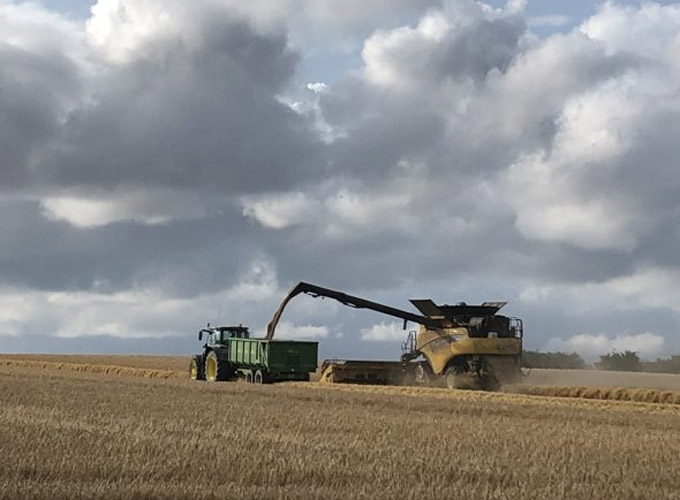
The original Manor house was built as a royal hunting lodge for King John in the 12th century. Cranborne Chase was a royal hunting ground from at least the time of William the Conqueror until the 17th century.
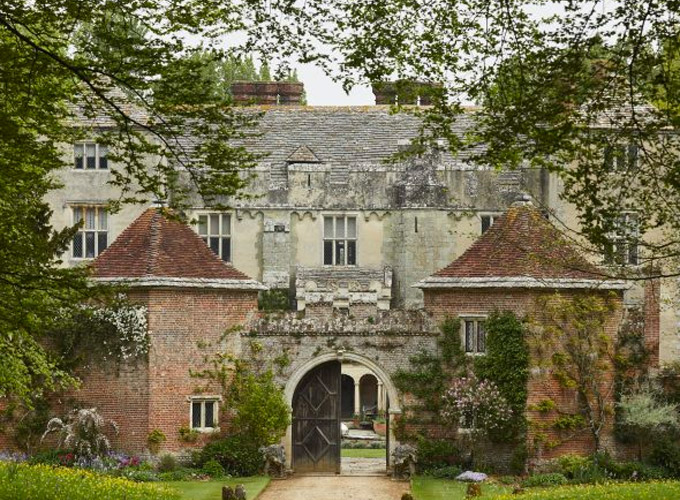
In 1604, the Manor and its surrounding land was acquired by Robert Cecil, 1st Earl of Salisbury and Chief Minister to Queen Elizabeth I and James I. Under the 2nd Earl, in 1647, the west wing was remodelled by Captain Ryder, an associate of Inigo Jones. At the beginning of the 17th century the garden was laid out by Mounten Jennings and John Tradescant who supplied many of the original plants.
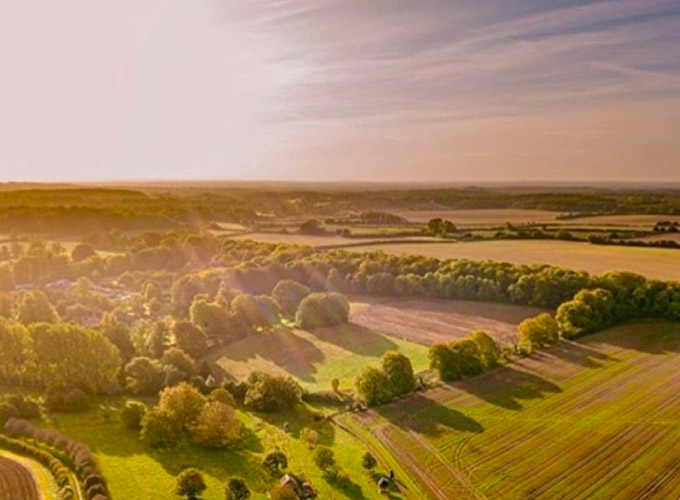
The Estate runs from near Sixpenny Handley and Pentridge in the West, through Cranborne and towards Ringwood Forest at Alderholt in the East.
Much of this land formed part of the ancient royal medieval hunting grounds known as Cranborne Chase.
The wide and open expanse of the chalk downs in the West gives way to smaller mixed farms and woodland in the East. Much of the Estate is within the Cranborne Chase AONB.
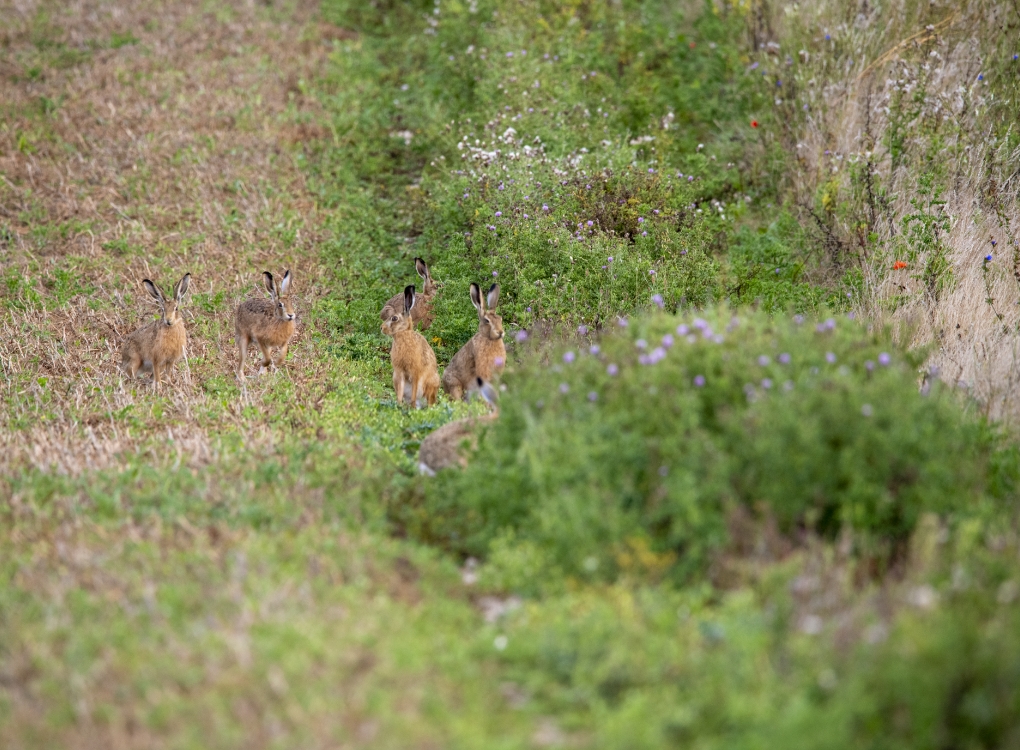
Cranborne takes the business of farming and the environment seriously. Our home farm produces arable crops of wheat, barley, oats and oilseeds. Our farm tenants farm in a similar way but also produce beef and lamb.
We have planted, restored and laid many miles of hedges in recent years and have an annual programme of creating new and repairing old ponds and water features.
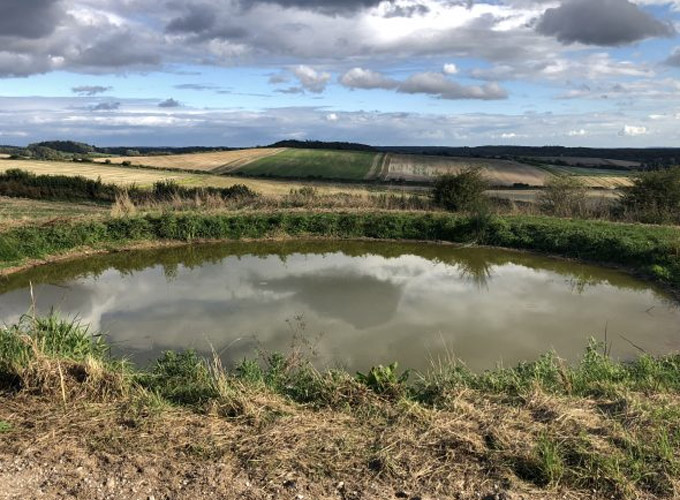
We are part of the Martin Down Farmer Cluster – where we pool together our efforts to improve wildlife habitats on a landscape scale as the farmers that border the National Nature Reserve at Martin Down. We have an ‘open week’ in June each year, where we open the farm to local schools and host an Open Farm Sunday event.
Our conservation policies are focussed on providing habitats that support pollinating insects; winter food for farmland birds and spring nesting cover for ground nesting birds. We have growing populations of corn bunting, yellowhammer, lapwing, native grey partridge and also turtle dove. Soils are vital as a sink for sequestering carbon from the atmosphere and our min or no-till practices are designed to maximise the contribution we can make to society’s need to mitigate climate change.
Our crops end up as flour for biscuits and some bread-making; Carling and Carlsberg beer; animal feeds and our oilseeds will end up variously as cooking oil, bio-fuel to be blended with diesel or frying oil.
